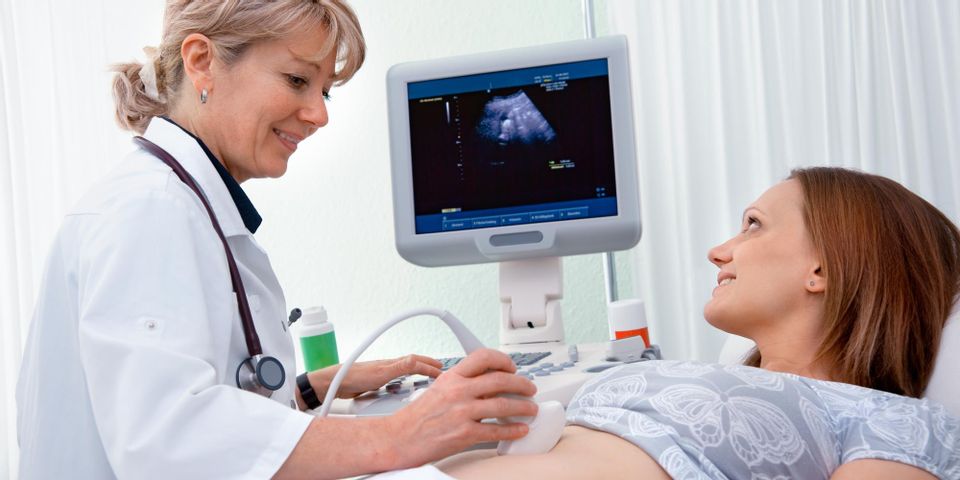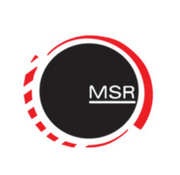
As an expectant mother, caring for your child starts while they’re still in the womb. With ultrasounds and other advancements in technology, obstetricians can monitor a fetus during each stage of pregnancy. To reduce the risk of complications and bring a healthy baby into the world, consider the advice below.
How to Increase Your Chances of Having a Baby That’s Healthy
1. Get Ultrasounds
An obstetrician will advise you to get ultrasounds during each trimester. The first is a sonogram, performed six to eight weeks into pregnancy. The doctor can address heartbeat abnormalities and other issues. At 10 to 13 weeks, they can check the baby’s measurements. A nuchal translucency ultrasound is performed at 14 to 20 weeks to test for down syndrome. An anatomical survey at 18 to 20 weeks checks for abnormalities in the heart, liver, kidneys, and brain.
2. Stick to Healthy Foods
 It’s crucial to keep the fetus nourished, so be careful about what you eat. Your grocery list should include fruits and vegetables, eating five portions a day. Quinoa is also a good source of protein and amino acids, while milk and cheese will provide calcium for strong bones. Fish contains vitamin D and omega-3 fatty acids for a healthy nervous system.
It’s crucial to keep the fetus nourished, so be careful about what you eat. Your grocery list should include fruits and vegetables, eating five portions a day. Quinoa is also a good source of protein and amino acids, while milk and cheese will provide calcium for strong bones. Fish contains vitamin D and omega-3 fatty acids for a healthy nervous system.
3. Stop Drinking Caffeine
Although coffee, tea, and energy drinks can provide a pick-me-up during the day, the caffeine jolt isn’t good for your unborn baby. As caffeine crosses the placenta, the chemical reaches the fetus. As the baby’s metabolism is still developing, they can’t process it, disrupting the baby’s sleep cycle. As caffeine is a diuretic, you will urinate more, which will leave you and the baby dehydrated.
To learn more about the health of your baby in utero, contact Main Street Radiology. This American College of Radiology®-accredited facility provides ultrasounds and additional tests to monitor the health of adults and babies throughout Queens, NY. To schedule an appointment in Flushing or Bayside, call (718) 428-1500. Learn more about the procedures and equipment on the center’s website and Facebook page.
About the Business
(23 reviews)
Have a question? Ask the experts!
Send your question

